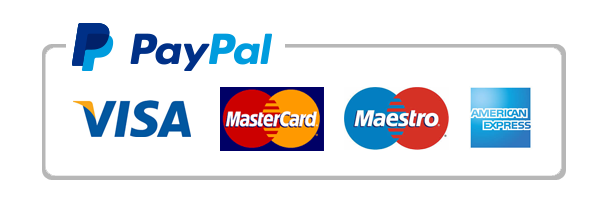Disc – WK5 (G)
Discussion: Cognitive Behavioral Therapy: Family Settings Versus IndividualSettingsWhether used with individuals or families, the goal of cognitive behavioral therapy (CBT) is to modify client behavior. Although CBT for families is similar to CBT for individuals, there are significant differences in their applications. As you develop treatment plans, it is important that you recognize these differences and how they may impact your therapeutic approach with families. For this Discussion, as you compare the use of CBT for families and individuals, consider challenges of applying this therapeutic approach to your own client families.To prepare:· Review the media, Johnson Family Session 3, in this week’s Learning Resourcesand consider the insights provided on CBT in family therapy.· Reflect on your practicum experiences with CBT in family and individual settings.N: B. The video for Johnson Family Episode 3 Program Transcript is ATTACHEDWITH THIS ASSIGNMENT INCASE YOU CAN NOT ACCESS THE VIDEO.ASSIGNMENTPost an explanation of how the use of cognitive behavioral therapy (CBT) in families compares to cognitive behavioral therapy (CBT) in individual settings. Provide specific examples from your own practicum experiences. Then, explain challenges counselors might encounter when using CBT in the family setting. Support your position with specific examples from this week’s media.Learning ResourcesRequired ReadingsWheeler, K. (Ed.). (2014). Psychotherapy for the advanced practice psychiatric nurse: A how-to guide for evidence-based practice. New York, NY: Springer.Chapter 12, “Family Therapy” (Review pp. 429–468.)Nichols, M. (2014). The essentials of family therapy (6th ed.). Boston, MA: Pearson.Chapter 10, “Cognitive-Behavior Family Therapy” (pp. 166–189)Chapter 12, “Solution-Focused Therapy” (pp. 225–242)American Psychiatric Association. (2013). Diagnostic and statistical manual of mental disorders (5th ed.). Washington, DC: Author.Bond, C., Woods, K., Humphrey, N., Symes, W., & Green, L. (2013). Practitioner review: The effectiveness of solution focused brief therapy with children and families: A systematic and critical evaluation of the literature from 1990–2010. Journal of Child Psychology & Psychiatry, 54(7), 707–723. doi:10.1111/jcpp.12058Conoley, C., Graham, J., Neu, T., Craig, M., O’Pry, A., Cardin, S., & … Parker, R. (2003). Solution-focused family therapy with three aggressive and oppositional-acting children: An N=1 empirical study. Family Process, 42(3), 361–374. doi:10.1111/j.1545-5300.2003.00361.xde Castro, S., & Guterman, J. (2008). Solution-focused therapy for families coping with suicide. Journal of Marital & Family Therapy, 34(1), 93–106. doi:10.111/j.1752-0606.2008.00055.xPatterson, T. (2014). A cognitive behavioral systems approach to family therapy. Journal of Family Psychotherapy, 25(2), 132–144. doi:10.1080/08975353.2014.910023Perry, A. (2014). Cognitive behavioral therapy with couples and families. Sexual & Relationship Therapy, 29(3), 366–367. doi:10.1080/14681994.2014.909024Ramisch, J., McVicker, M., & Sahin, Z. (2009). Helping low-conflict divorced parents establish appropriate boundaries using a variation of the miracle question: An integration of solution-focused therapy and structural family therapy. Journal of Divorce & Remarriage, 50(7), 481–495. doi:10.1080/10502550902970587Washington, K. T., Wittenberg-Lyles, E., Oliver, D. P., Baldwin, P. K., Tappana, J., Wright, J. H., & Demiris, G. (2014). Rethinking family caregiving: Tailoring cognitive-behavioral therapies to the hospice experience. Health & Social Work, 39(4), 244–250. doi:10.1093/hsw/hlu031Required MediaLaureate Education (Producer). (2013c). Johnson family session 3 [Video file]. Author: Baltimore, MD.Note: The approximate length of this media piece is 5 minutes.
"Looking for a Similar Assignment? Order now and Get 10% Discount! Use Code "Newclient"



